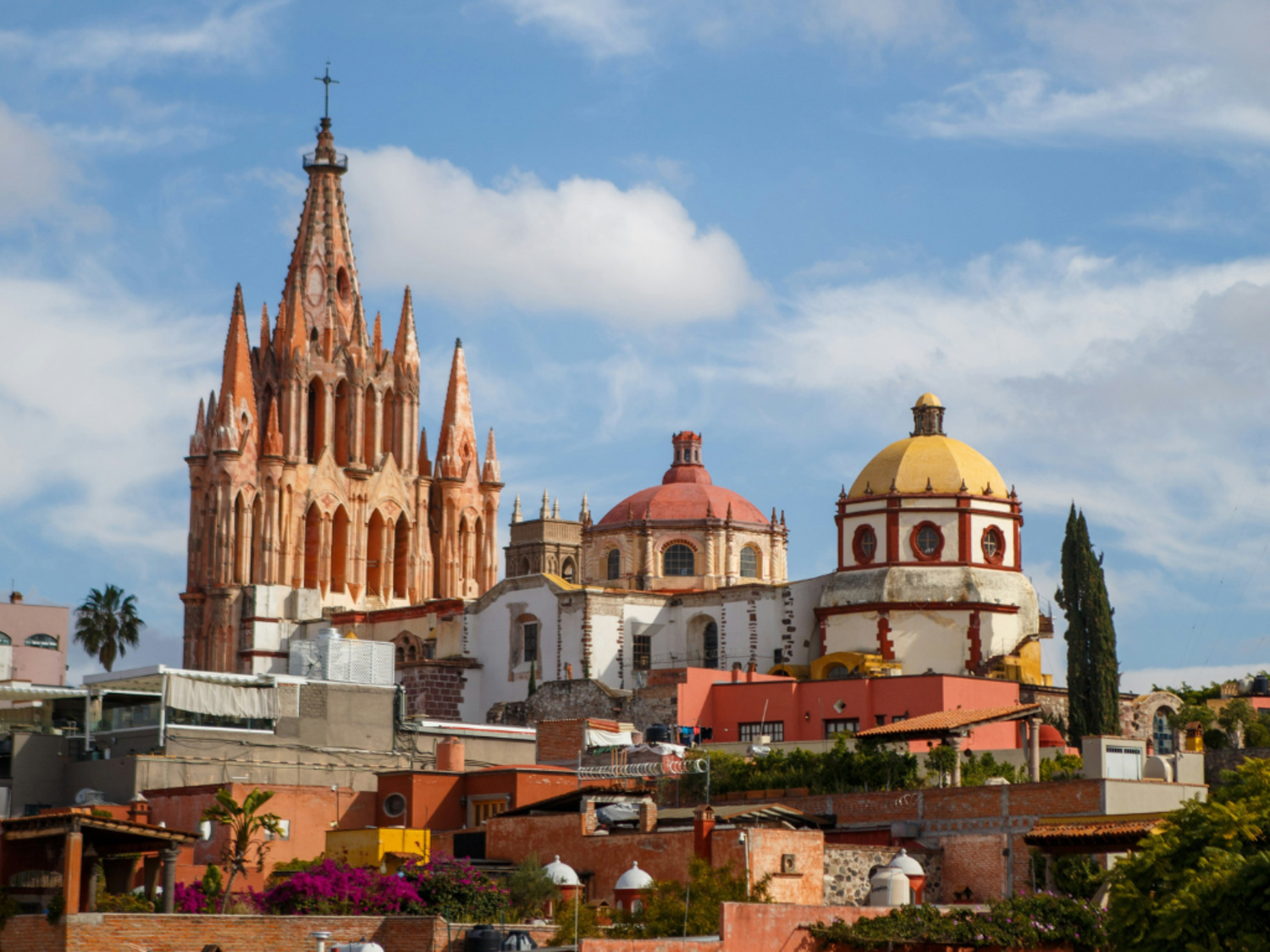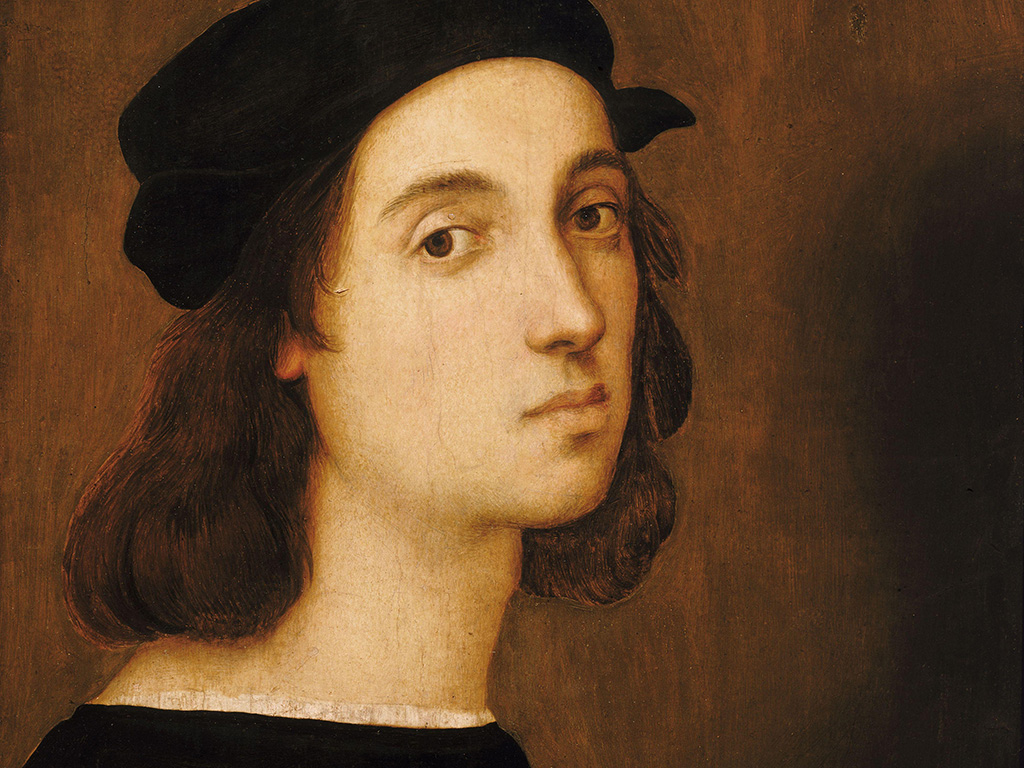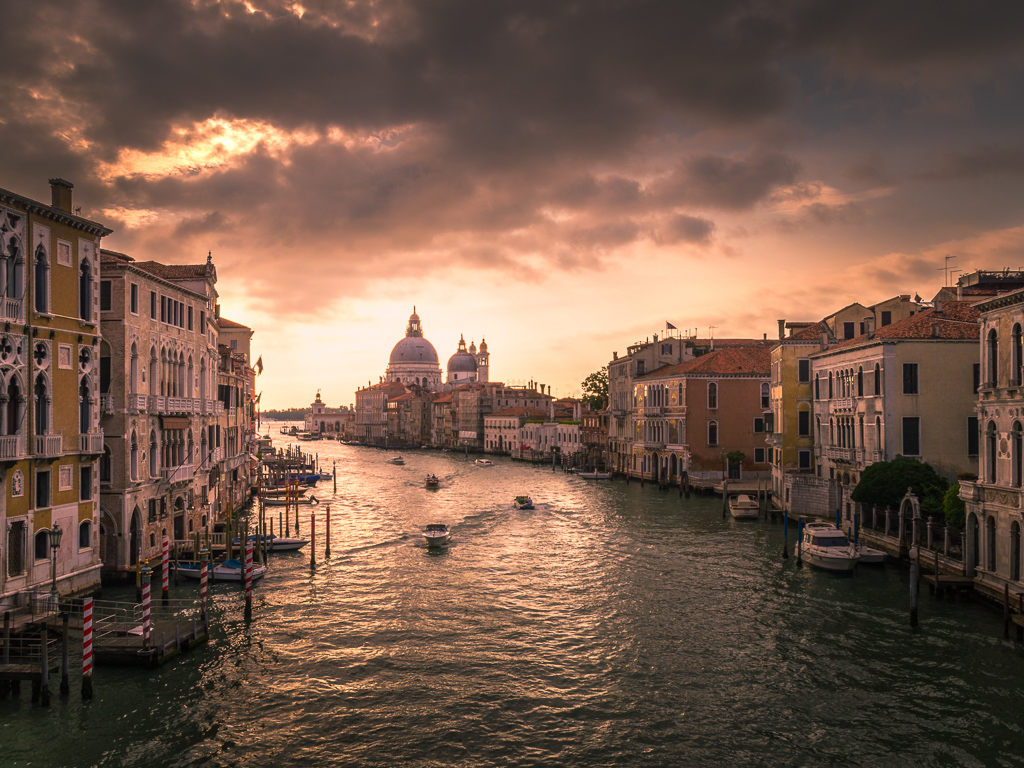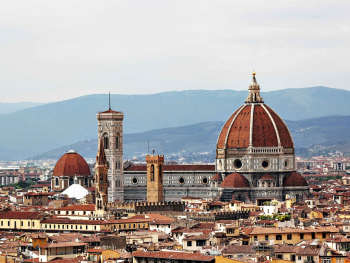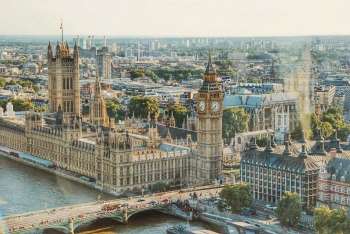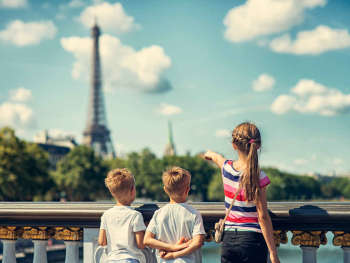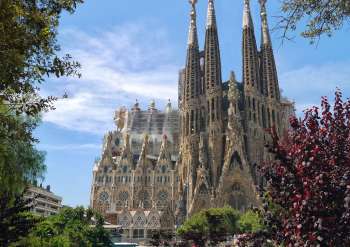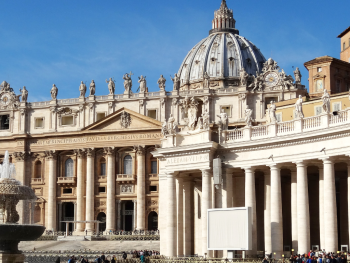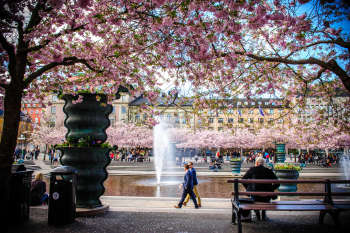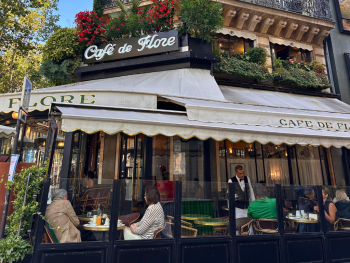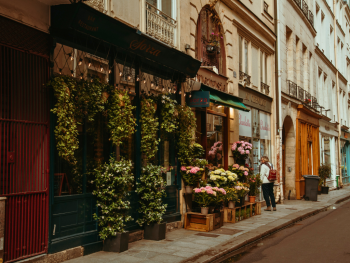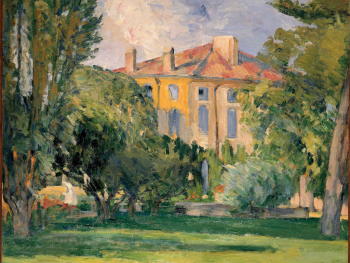Few places in Mexico blend old-world elegance and creative vitality quite like San Miguel de Allende. Perched in the country’s central highlands, this UNESCO World Heritage city is a mosaic of cobblestone streets, colonial architecture, and a thriving arts scene that has drawn painters, writers, and dreamers for nearly a century.
Named “Best Small City in the World” multiple times by Travel + Leisure, San Miguel has evolved from a well-kept secret into an international cultural capital. Yet beneath the influx of design hotels and rooftop bars, it remains unmistakably itself, rooted in tradition and illuminated by color.
Whether you’re visiting for a weekend or a longer stay, this 2026 guide will help you explore San Miguel de Allende like a local—slowly, deliberately, and with eyes open to its layers of history and artistry.
Where Is San Miguel de Allende?
San Miguel de Allende sits in Guanajuato state, about 170 miles northwest of Mexico City, roughly a 3.5-hour drive. It’s accessible via:
- Queretaro Airport (QRO): 1.5 hours by car
- León/Guanajuato Airport (BJX): 1.75 hours by car
- Mexico City Airport (MEX): 3–4 hours by car or shuttle
At an altitude of 6,200 feet, the city enjoys a temperate, dry climate year-round making it ideal for walking and outdoor dining.
A Brief History
Founded in 1542 as a Spanish frontier settlement, San Miguel became an important stop on the Silver Route linking Zacatecas mines to Mexico City. During the War of Independence, it produced one of Mexico’s greatest heroes: Ignacio Allende, whose name was later added to the town.
By the mid-20th century, San Miguel had transformed into an artists’ refuge—largely thanks to the Instituto Allende and Escuela de Bellas Artes, which attracted GIs studying art after World War II. The result is a town where colonial baroque meets bohemian spirit, and where creative life remains central to its identity today.
Top Things to Do in San Miguel de Allende
1. Parroquia de San Miguel Arcángel
The pink neo-Gothic spires of the Parroquia define the city skyline. Step inside to admire the vaulted ceiling and altarpieces or linger outside on the Jardín Principal, watching daily life unfold under jacaranda trees.
2. Centro Histórico
A UNESCO World Heritage zone, the old town is a maze of ochre façades, wrought-iron balconies, and wooden doors hiding leafy courtyards. Highlights include:
- Casa de Allende Museum: Birthplace of the independence hero
- Oratorio de San Felipe Neri: Elaborate 18th-century church façade
- Biblioteca Pública: A bilingual library with murals and community events
3. Fábrica La Aurora
A former textile mill turned creative complex, Fábrica La Aurora now houses art galleries, design studios, and cafés. Visit on Saturday mornings for open studios; many artists are happy to talk about their work.
4. Hot Springs
San Miguel’s geothermal waters are legendary. Top options include:
- La Gruta: Lush gardens and a cave-like thermal pool
- Escondido Place: Family-friendly and relaxed
- The Mayan Baths: Luxurious, candle-lit, and romantic
5. Charco del Ingenio Botanical Garden
An ecological reserve just a 15-minute walk from the center, offering desert flora, birdwatching trails, and panoramic views of the city. It houses an extensive collection of cacti and other succulent plants from Mexico, many of which are rare, threatened, or endangered. Admission is free for children under 10, and an on-site cafeteria keeps you going after exploring the many pathways in the park.
6. El Mirador
A short uphill walk (or taxi ride) leads to the best panoramic views of San Miguel, especially at sunset when the Parroquia glows pink against the horizon.
Annual Events and Festivals
San Miguel de Allende’s cultural calendar is as colorful as its streets, offering visitors a chance to experience the city’s deep sense of tradition and community throughout the year.
In February, Parque Juárez bursts into bloom during the Feria de la Candelaria, a beloved flower and garden fair that signals the start of spring. By March, the Festival de Cine SMA brings filmmakers and cinephiles together for a week of independent screenings and panel discussions across town.
Summer begins with one of San Miguel’s most famous celebrations: Día de los Locos in June, a joyful, costumed parade honoring St. Anthony that transforms the streets into a whirlwind of color and music. As September arrives, the atmosphere turns patriotic for Independence Day, when fireworks light up the Parroquia and crowds gather in the Jardín Principal to celebrate the city’s namesake hero, Ignacio Allende.
Autumn ushers in one of Mexico’s most meaningful traditions—Día de Muertos in November. Altars, marigolds, and public art installations fill courtyards and plazas, offering a moving glimpse into the country’s relationship with memory and ancestry. Finally, the year ends with Las Posadas in December, a series of Christmas processions that reenact the nativity story and fill the city with candlelight, carols, and warm hospitality.
Best Time to Visit
Thanks to its highland climate, San Miguel de Allende enjoys pleasant weather year-round, but each season offers a distinct experience.
From November to April, the days are dry and sunny, with temperatures hovering between 65 and 80°F (18–27°C). This is peak travel season—ideal for festivals, al fresco dining, and long walks through the Centro Histórico. If you prefer fewer crowds and gentler prices, May and June offer a sweet spot before the summer rains, when bougainvillea spill over balconies and the city feels unhurried.
The rainy season from July to October brings short afternoon showers that leave the air cool and the countryside lush and green. Photographers will appreciate the dramatic skies and vivid landscapes, while those seeking a quieter pace will find San Miguel at its most tranquil.
In truth, there’s no wrong time to visit—only different shades of beauty.
Put San Miguel on Your Travel List
People come to San Miguel de Allende for the beauty and stay for the feeling it gives them. It’s a city that slows you down, inviting you to trade urgency for presence. To walk its streets is to witness how creativity and community can shape a place over centuries.
To visit San Miguel is to experience Mexico through its heart rather than its headlines—to see how art, history, and hospitality can coexist so naturally that they blur together.
